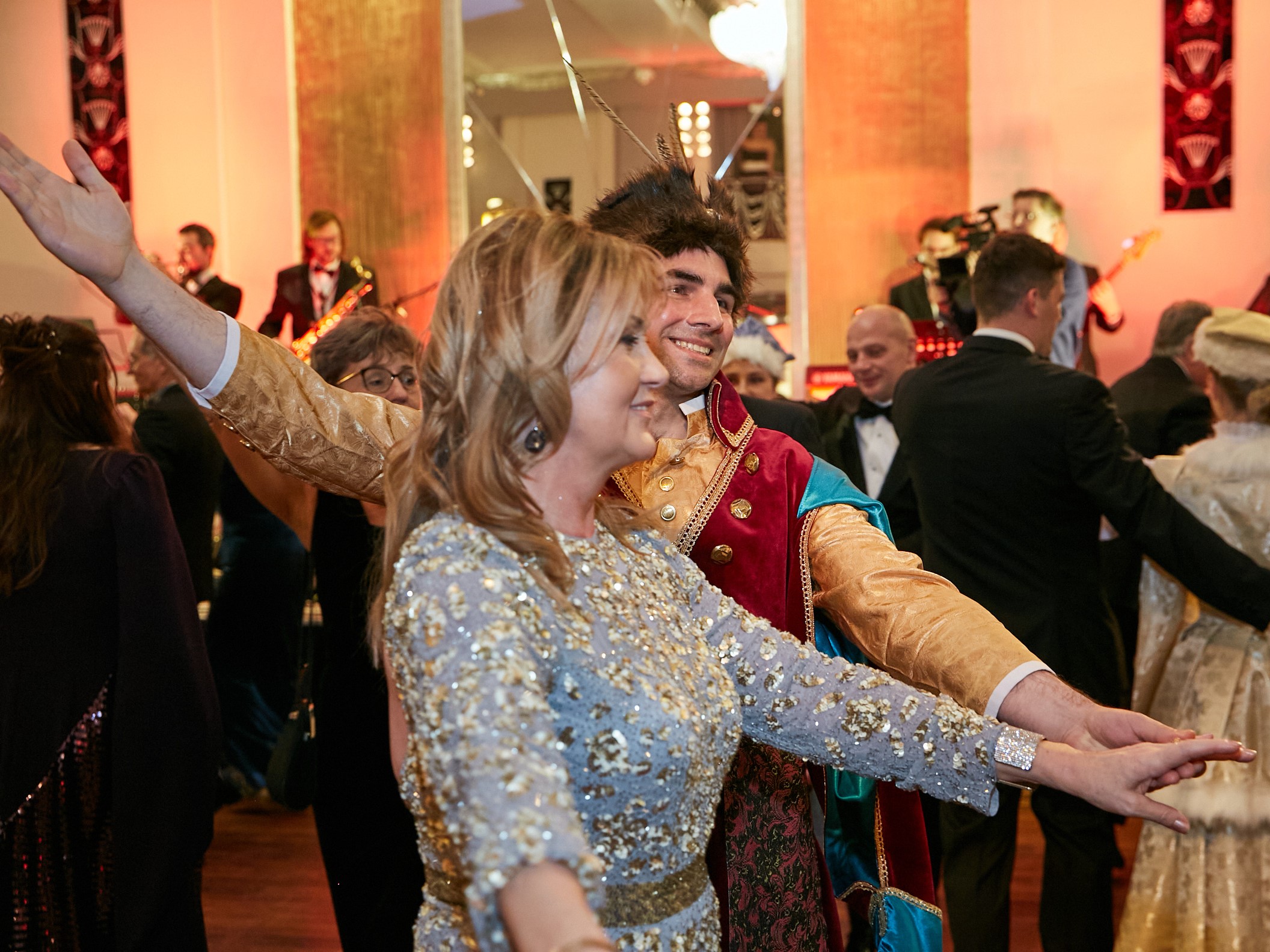„Drewniany kościół w województwie opolskim ” -2017 –
Piotr Jonek , akwarela | watercolour 41cm x 51 cm

Wooden churches are a distinctive element of the rural landscape of Opole. Surrounded by old, well-kept cemeteries and magnificent trees, there have gathered inhabitants for centuries during services, unifying local communities around traditional rituals.
Most of the surviving 65 churches are located in the northern part of the voivodeship. These are mainly churches based on a log structure, on a rectangular floor plan, with a narrower chancel from the east, ending in a semi-hexagon (in older buildings, with a straight ending section) and a tower on the west built at a later time on the basis of a post-and-beam structure, covered with weatherboards or wood shingles. Occasionally there are aisleless churches, with the chancel of the same width as the nave. In towerless churches, a handsome steeple on the roof ridge constitutes a dominating element. The churches are covered with gable roofs: with one ridge, of various gradients over the nave and the chancel, or separate roofs over all of these sections. The covers of the towers are more diverse: four- and eight-pitched roofs of various heights, bulbous Baroque tented roofs, etc.
Rectangular sacristies are situated on the northern side, between the chancel and the nave. In Protestant church, on the upper storey of the sacristy there is a founders’ loge which once could be accessed by a separate entrance; loges, resting on posts, were present also in the interior and run along the walls of the nave. Unusual solutions are present in the church in Gościęcin, in which the northern wing of the transept forms a sacristy. Before the entrances to the church, there are porches complementing the church’s body, by the southern wall of the nave or by the western side of the tower.
The interiors of the churches are considerably diverse: apart from lavishly decorated churches (Miechowa, Michalice, Maciejowice, Ochodze, Stare Olesno, Bąków, Bierdzany, Baborów), where in addition to painted ceilings and walls there are also sumptuous fittings, there are also modest ones, with walls covered with wood panelling. Nevertheless, a unique atmosphere and elusive spirit of this place can be sensed in all of them.
Piotr Jonek– miłośnik malarstwa akwarelowego i rysunku.
Tworząc w tych technikach, poszukuje tożsamości i własnego miejsca w świecie. Doceniając formę zawsze większe znacznie przypisuje treści, przez co nadaje twórczości funkcje komunikatu.
Interesują go działania i interakcje społeczne.
Working in pencil and in watercolour techniques, he is looking for identity and his own place in the world. Appreciating the form, he always assigns the content much more, which gives the work the function of a message. He is interested in social activities and interactions.


